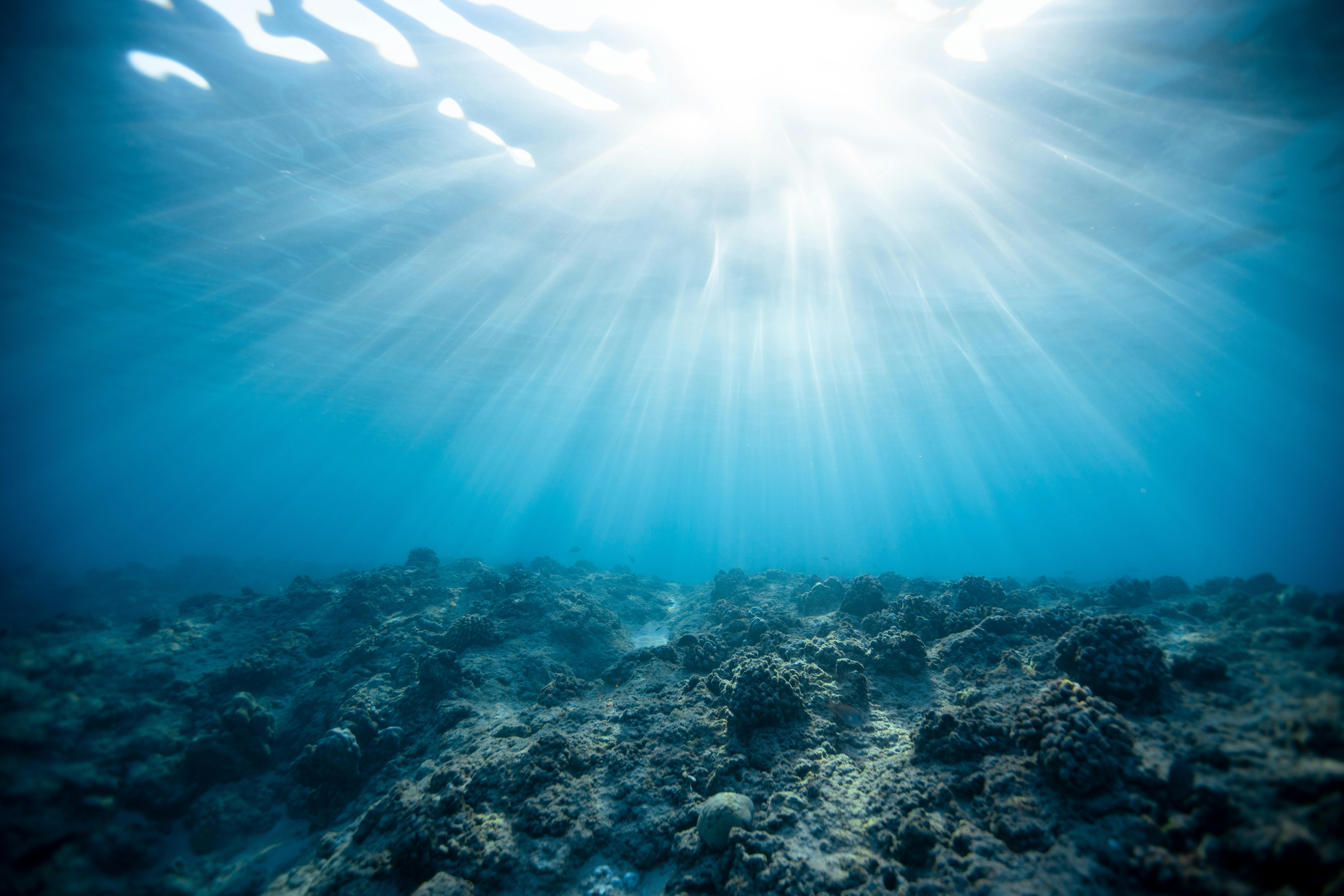Unraveling the Mysteries of Deep Sea Cable Systems
In the ever-evolving world of telecommunications, the deep sea cable system has played a pivotal role in shaping global communication. While satellites and wireless technologies garner much of the limelight, these underwater cables quietly handle over 95% of all international data traffic. Without this massive network, our interconnected world would simply cease to exist.

The Birth of Undersea Cables
The history of undersea cables dates back to the 19th century when the first transatlantic telegraph cable was laid. This technological marvel was a game-changer, drastically reducing the time taken to send a message across the Atlantic from ten days to mere minutes. Over the years, these cables have evolved, transitioning from telegraphy to telephony and, finally, to the internet traffic we see today.
The Anatomy of Modern Undersea Cables
A modern undersea cable is an engineering marvel, designed to withstand the harshest conditions of the deep sea. These cables, roughly the diameter of a garden hose, carry terabytes of data across continents at the speed of light. A typical cable comprises a core of optical fibers, a layer of insulation, a protective sheath of steel wires, and an outer layer of plastic.
The Challenges of Undersea Cables
Laying and maintaining undersea cables is a complex and expensive process. Cables need to be carefully routed to avoid underwater hazards like coral reefs, shipwrecks, and fishing zones. Despite these precautions, cables are vulnerable to damage from fishing nets, ship anchors, and natural disasters. Repairs are complicated, requiring specialized ships and remotely operated vehicles.
The Impact of Undersea Cables
The impact of undersea cables on global communication cannot be overstated. They enable high-speed, reliable, and cost-effective international data transmission, making them the backbone of the global internet infrastructure. They play a crucial role in facilitating international trade, finance, media, and other global industries.
The Future of Undersea Cables
The future of undersea cables looks promising, with new advancements in cable technology and an increasing demand for international data transmission. Innovations like spatial division multiplexing and improved cable designs promise to further increase the capacity and reliability of these cables. In an increasingly interconnected world, the importance of undersea cables is set to grow, silently shaping the future of global communication.
Every click, every email, every video call we make travels through these hidden highways of the ocean. Our world, as we know it, is intricately woven together by these deep-sea threads of connectivity. The story of undersea cables is a testament to human ingenuity and our relentless pursuit of connection, a story that continues to unfold beneath the waves.



